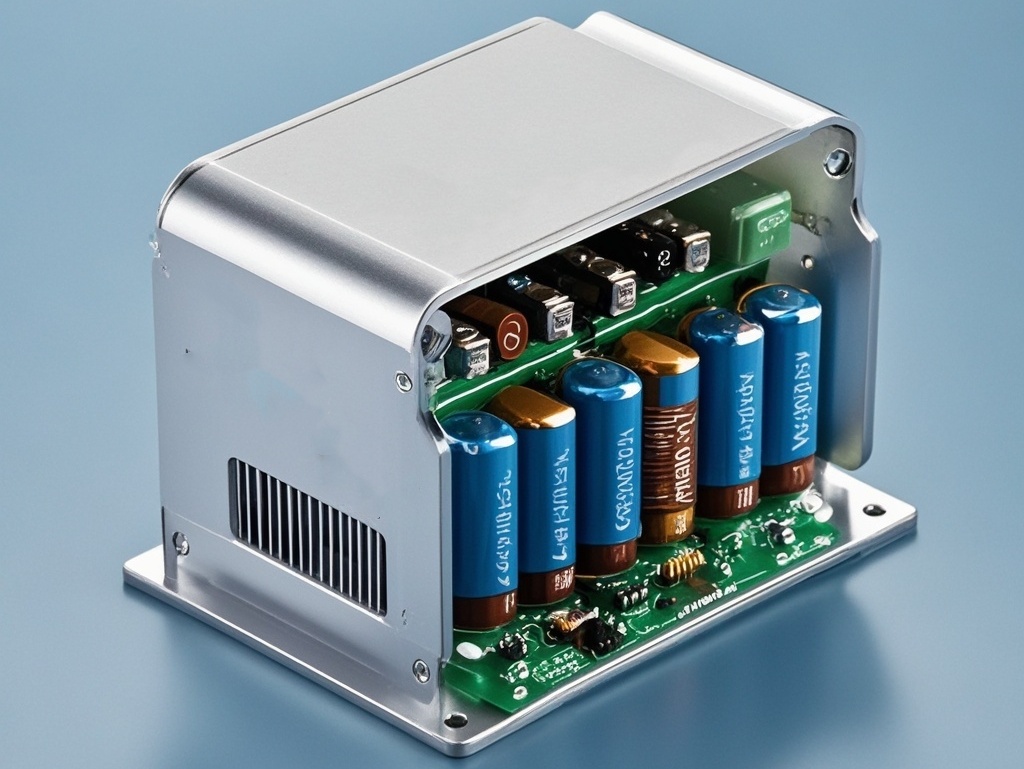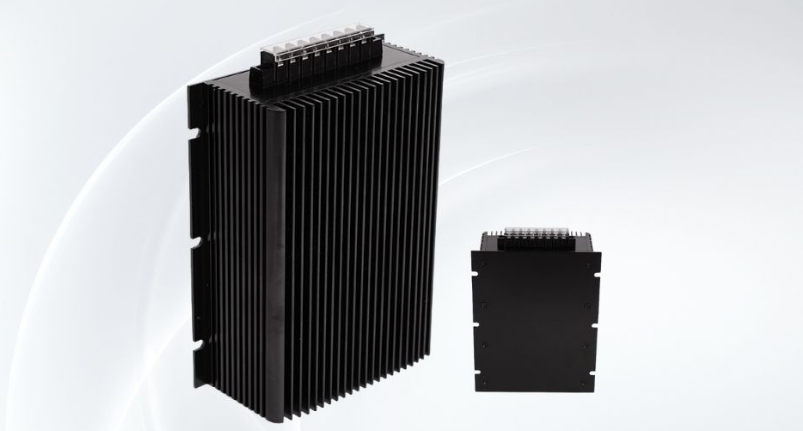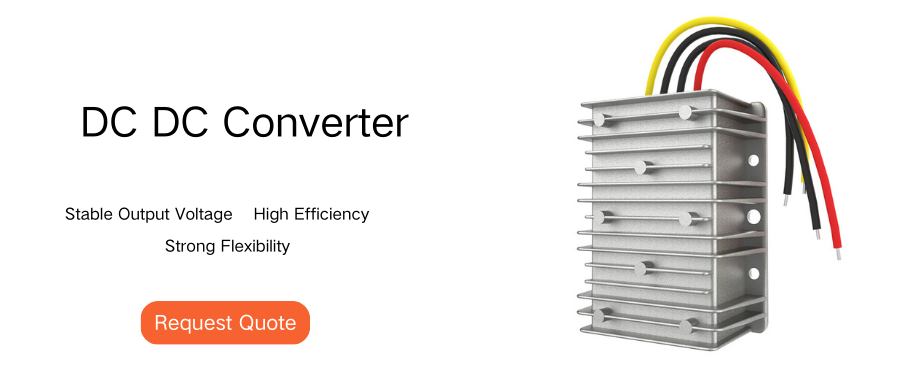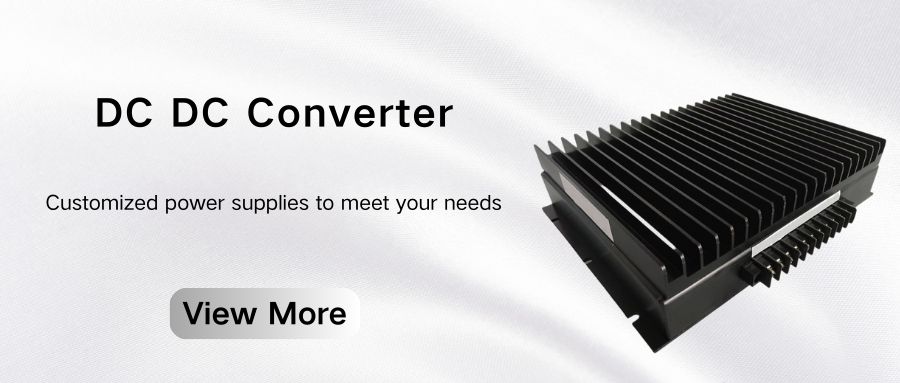Manufacturing technology for low-power board-mount DC-DC converters has evolved more slowly and independently than other electronic products. For decades, the typical converter has been a through-hole packaged module or an open surface-mount "daughter board", and although new products continue to be introduced, the pin layout and form factor have not changed since the 1980s. But elsewhere, other functional blocks such as interfaces, A/D and D/A converters have continued to evolve from discrete solutions to smaller "chips" that are only a fraction of a millimeter in height and occupy an area only slightly larger than the internal die. The routing of the die in the geometric space can now reach the nanometer level.

Why haven’t DC/DCs kept up with the miniaturization trend?
DC/DCs are just active and passive components put together, so why haven’t they become another integrated circuit and shrunk in the same way? One reason is that they typically consume a lot of power when operating, requiring some surface area to dissipate the heat, but this is no longer an issue as new conversion technologies become more efficient. The main reason is that the magnetic components required for most converters have been stuck using the same manufacturing technology and have roughly the same size for decades. For comparison, the IC geometries offered by TSMC in 1988 were 3µm, and today they are a thousand times smaller than they were then, to 3nm. During the same period, discrete surface mount passive components using a placement machine have also shrunk from 1206 to 01005, a footprint reduction of more than 50 times. Conversely, the core size of DC/DC converter transformers and chokes has barely changed since the 1980s, which is determined by the maximum flux density inherent in the material and the switching frequency, which then determines the minimum number of winding turns. This is the result of several generations of power engineers, with new conversion topologies, better components and advanced thermal design reducing losses and increasing power density. This allows DC/DC modules to have higher output power, which in the case of an unregulated SIP7 converter might only be increased by a factor of 3.

Optimizing Core Selection
The option of shrinking power conversion magnetics by increasing switching frequency has always been available, usually by reducing core size, number of winding turns, or both. However, as switching frequency increases, semiconductor efficiency decreases and core losses increase, so overall case size does not necessarily decrease without increasing internal temperatures. The solution is to design more complex converters to achieve high efficiency, but this is an expensive approach.
Converter magnetics are generally relatively expensive to manufacture and difficult to assemble, and the assembly techniques familiar to Faraday have remained largely unchanged, namely winding insulated wire around the core and soldering "flying wires" to the substrate. Insulated bobbins usually take up too much space, and printed winding techniques are impractical because the number of winding turns and the number of windings required plus the cost of multi-layer substrates are too high, at least for low-power products.
Manufacturers choose simple designs to keep parts costs down
The approach taken by most manufacturers of low-power DC-DC converters is to keep the circuit design simple and the cost down, such as using the traditional "Royer circuit". The savings offset the expensive labor costs of manually winding and soldering wires to a double-sided PCB, followed by sealing or overmolding to protect the vulnerable terminals. Circuit and assembly techniques have improved over the years, so that a simple unregulated converter might use only about 10 discrete components, while a regulated converter uses 15. The transformers and assembled modules are made in low-cost locations, and the final product is fairly efficient, providing isolation, a wide operating temperature range, and fairly accurate voltage conversion between fixed levels. One benefit of manual assembly is that it is relatively easy to produce different versions for different input or output voltages and power ratings, simply by the operator adding or subtracting the number of turns to achieve a specified number of turns.
This approach has its inevitable drawbacks. Manual assembly can introduce variability between samples, and it is difficult to provide comprehensive fault protection for simple circuits. It is not practical to strengthen the isolation to safety certification levels without more complex circuitry, higher cost, and larger enclosures. The basic Royer converter has no line or load regulation, and the output voltage rises significantly when the load is very light or no load. In addition to this, while the end customer wants the price to go down, the labor cost will only increase over time, and the labor factor will not even decrease with increasing production volumes. At the same time, the market is under pressure to increase functionality and efficiency, and to reduce the size of power converters to cope with the space constraints of modern applications.
Power designers have a dream to break this pattern, which is to combine control ICs with various functions, including high-frequency and high-efficiency operation, optional active regulation and comprehensive protection, and then use technologies such as surface-mount planar magnetic cores and printed windings on the transformer multilayer substrate. Due to the additional necessary support components, the part cost of IC solutions and embedded transformers is significantly higher than that of simple Royer circuits, but with more flexible automated assembly and economies of scale, the market's requirements for better performance and consistency are met, and the power density is also higher and the cost remains the same.
The same is true for IDEALPLUSING's DC converters. They use cutting-edge technology and also provide customers with customized products. Customers can customize low-power products according to their needs, and they also use innovative design techniques to allow products to be easily configured during the manufacturing process to meet the needs of different variants.








